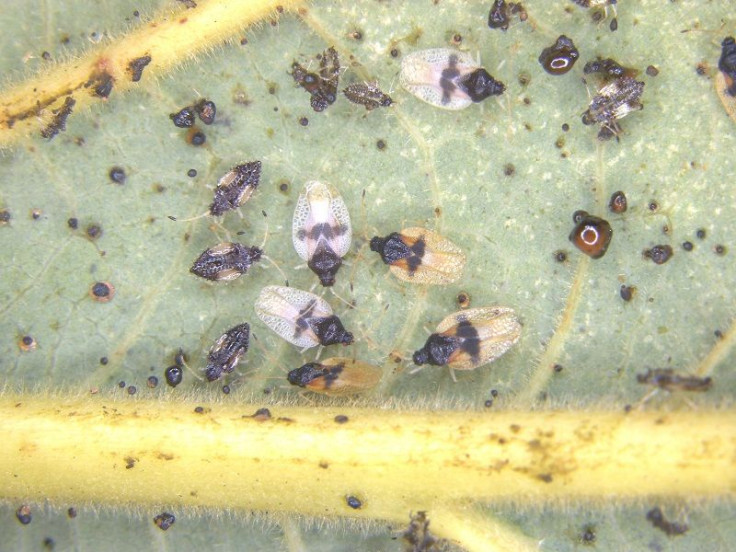Invasive Avocado Pests Confirmed In Hawaii
KEY POINTS
- Avocado lace bugs were first detected in Hawaii last December
- The invasive pests do not feed on the fruits but suck nutrients from avocado leaves
- It is so far unknown how the pests entered Hawaii
It was in December of 2019 when the first avocado lace bug was discovered feeding on avocado leaves in Pearl City, Oahu. Since then, the invasive pest has been identified in Maui and Hawaii Island. The confirmations were made with the help of the University of Hawai'i College of Tropical Agriculture and Human Resources – Cooperative Extension Service (CTAHR-CES) but, so far, it is still unclear how the pests were introduced in Hawaii.
For now, authorities are already working to determine possible effective treatment plans for various infestation levels. Any possible infestations should be reported to the Hawaii Department of Agriculture’s Plant Pest Control Branch.
Lace Bugs
The avocado lace bug was described in Florida in the early 1900s and has since spread throughout the southeastern United States and California. The Caribbean, Portugal, French Guyana, Mexico, and Central and South America are also affected.
Also known as camphor lace bug, the insects grow about 2 millimeters long in adulthood. They have black heads and mostly black bodies as well as a black stripe across their "lacy" wings. Immature ones, however, can range in color from black to dark brown and even reddish.

Their eggs can be identified on the underside of leaves where they look like black specks of excrement.
Although it is so far unknown exactly how lace bugs came to Hawaii, pest introduction typically occurs accidentally. For instance, nearly a hundred years ago, two species of imported fire ants were unintentionally introduced from South America to Mobile, Alabama via the soil used as ballast in cargo ships.
Plant Damage
Lace bugs do not feed on the fruits of a tree. Instead, they slowly destroy the plant or tree by sucking on leaf sap and extracting its nutrients. This causes pale green to yellowish blotches on the upper and lower leaf surfaces and, as a colony of lace bugs continues to suck out the nutrients, leads to large brown or tan dead blotches. Eventually, the leaf may become dry, curl up and, eventually die prematurely.
Apart from the fact that stress from defoliation can affect fruit yields, having fewer leaves may also lead to the limbs and fruits to be sunburned.
Unfortunately, avocados may be of economic importance in most of the places where lace bugs occur.
© Copyright IBTimes 2025. All rights reserved.






















